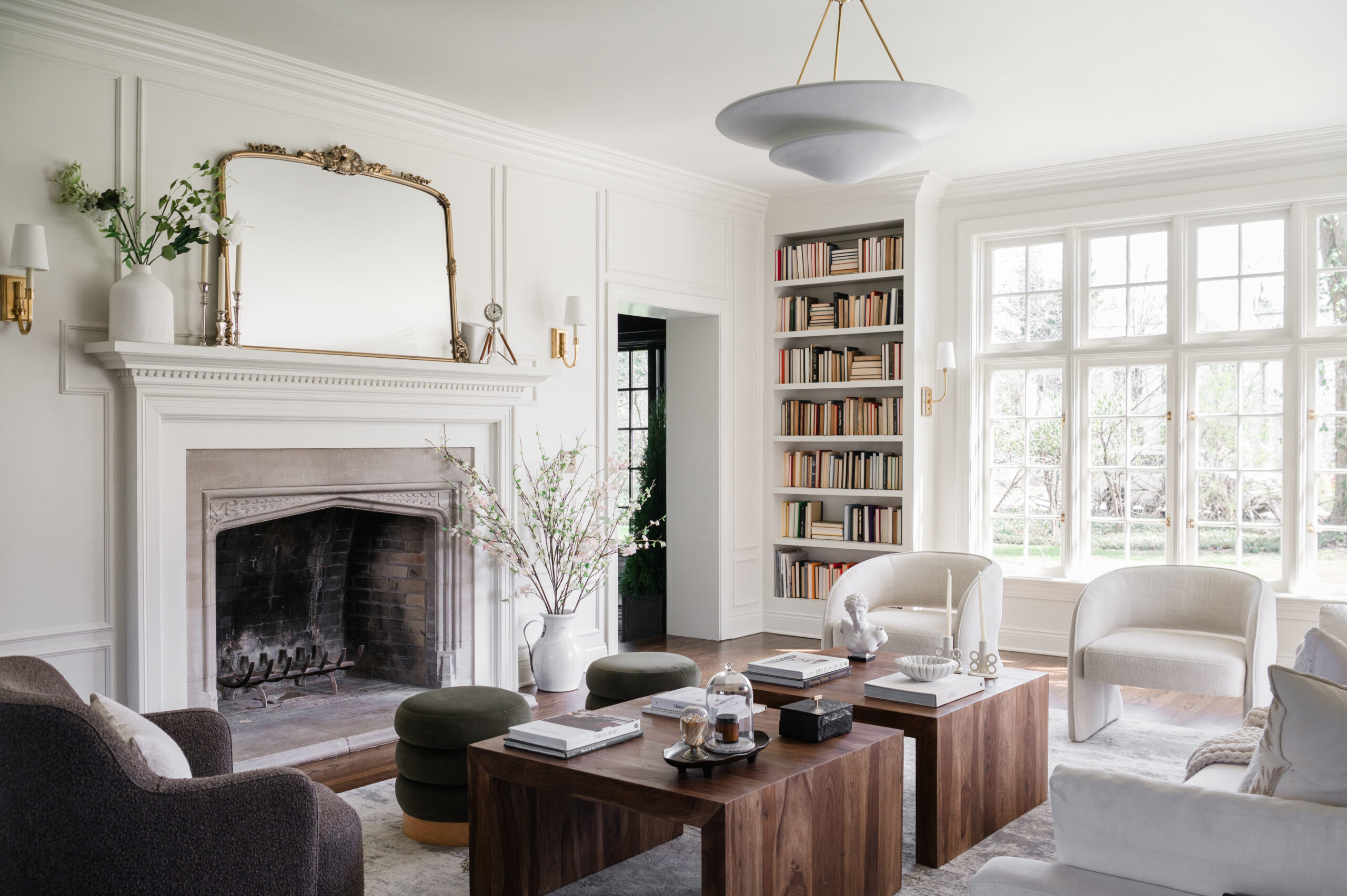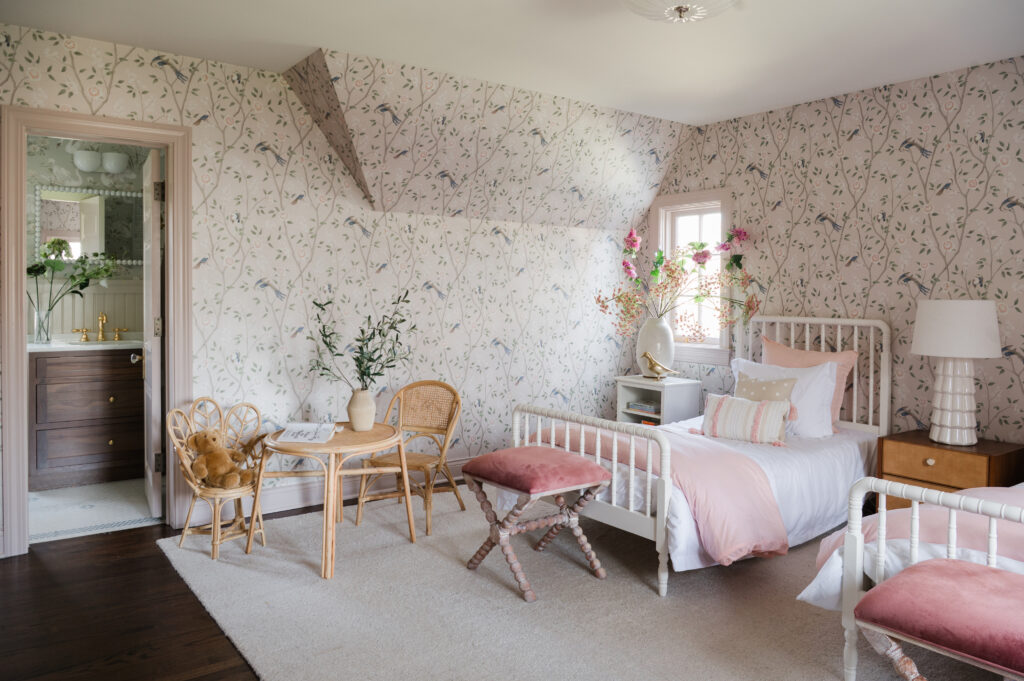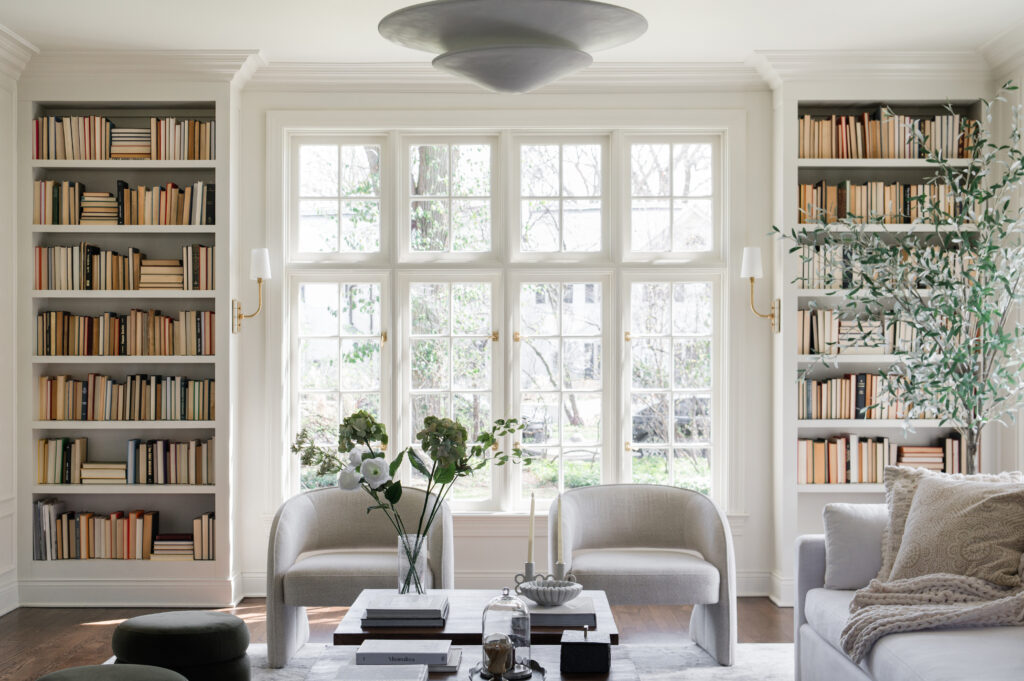
I used to think that adding a pair of brass sconces was enough to make a room feel layered and lived-in. It added charm, yes, but without depth and context, it still felt like a set piece, not a story.
It looked…fine. But not finished. Not layered. Not like the spaces I bookmarked late at night—the ones that felt as though they had stories embedded in the furniture, where nothing matched but everything belonged. I didn’t want a room that looked like it came from a catalog. I wanted one that felt like it came from someone’s life.
That’s when I realized: the magic is in the mix. Not just of old and new, but of textures, shapes, scale, and—most importantly—time.
It’s Not a One-Stop Shop (And That’s the Point)

Beautiful, soulful spaces rarely come from buying everything in one place. They evolve. They’re built piece by piece, layer by layer, with intention.
That’s why we don’t shop like we’re checking off a grocery list. Instead, we combine vintage finds with modern elements, handcrafted pieces with retail staples, and wherever possible, we lean into natural fibers to bring softness and authenticity to a room.
The Art of Layering

When we design, we start with the big things: read the room from left to right. Floors, rugs, surfaces, these elements set the tone. A well-chosen rug, for example, can act as a foundation for the entire space.
Then comes furniture, think shape and scale. One of our golden rules: avoid repeating the same form too many times. A square lamp on a square table next to a square chair? It creates visual monotony. Vary your forms to keep the eye moving and the room feeling alive.
And when it comes to pattern, don’t be afraid to apply it to unexpected shapes. The trick is scale, playing with proportion across different surfaces keeps things cohesive, not chaotic.
+ view the comments



